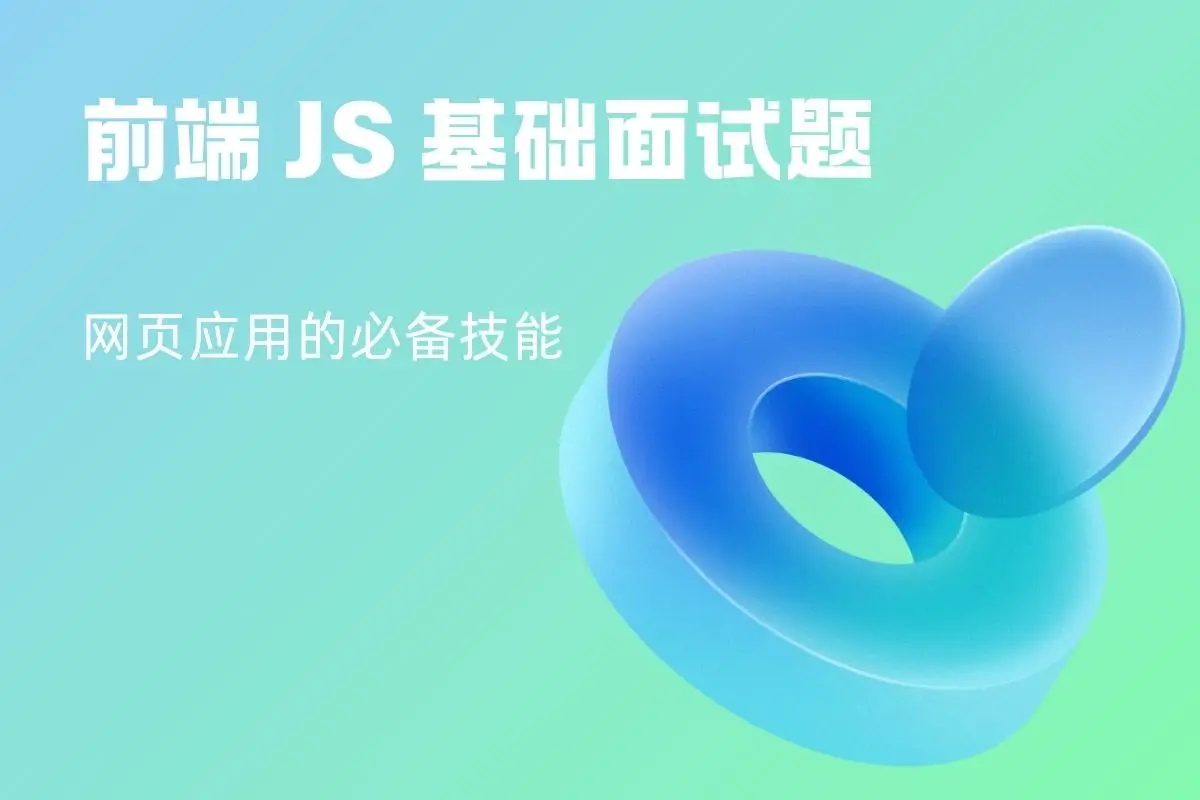在 JavaScript 中,将其他类型的值转换为字符串(String)是一个常见的操作,它发生在字符串拼接、模板字面量或显式调用 String() 时。转换规则相对直观,但也有一些需要注意的细节。
一、核心规则:ToString 抽象操作
JavaScript 使用 ToString 抽象操作来将值转换为字符串。规则如下:
| 原始值 | 转换结果 | 说明 |
|---|---|---|
undefined | "undefined" | |
null | "null" | |
true | "true" | |
false | "false" | |
0 | "0" | |
-0 | "0" 或 "-0" | 通常为 "0",但在某些上下文中保留 "-0" |
NaN | "NaN" | |
Infinity | "Infinity" | |
-Infinity | "-Infinity" | |
普通数字(如 123) | "123" | |
Symbol() | ❌ 抛出 TypeError | Symbol 不能隐式转为字符串 |
二、对象转换(ToPrimitive → String)
当对象需要转为字符串时,JavaScript 会调用其 ToPrimitive 抽象操作,并优先使用 toString() 方法。如果 toString() 不存在或不返回原始值,则调用 valueOf()。
1. 内置对象的转换
String({}) // "[object Object]"
String([]) // "" (空字符串)
String([1, 2, 3]) // "1,2,3"
String(new Date()) // "Thu Sep 25 2025 14:48:00 GMT+0800 (中国标准时间)"
String(/abc/g) // "/abc/g"
String(function(){}) // "function(){}"(具体字符串取决于函数)2. 自定义对象
const obj = {
toString() { return "myObject"; },
valueOf() { return 42; }
};
String(obj) // "myObject" ← 优先使用 toString()
const obj2 = {
toString() { return {}; }, // 不是原始值
valueOf() { return "hello"; }
};
String(obj2) // "hello" ← toString() 失败,使用 valueOf()三、数组转换
数组的 toString() 方法会将其所有元素转换为字符串,并用逗号 , 连接。
String([]) // "" (空数组)
String([1]) // "1"
String([1, 2]) // "1,2"
String([1, , 3]) // "1,,3" ← 稀疏数组,空位转为 ""
String([null]) // "null"
String([undefined]) // "undefined"⚠️ 注意:
[null]和[undefined]转为"null"和"undefined",而不是空字符串。
四、触发字符串转换的场景
1. 显式转换
String(123) // "123"
String(true) // "true"
String(null) // "null"2. 隐式转换(字符串拼接)
使用 + 操作符且至少有一个操作数是字符串时。
"Age: " + 25 // "Age: 25"
"Result: " + true // "Result: true"
"Value: " + null // "Value: null"
"Array: " + [1, 2] // "Array: 1,2"
"Object: " + {} // "Object: [object Object]"3. 模板字面量(Template Literals)
模板字符串中的表达式会自动转换为字符串。
const name = "Alice";
const age = 30;
const message = `Hello, ${name}, you are ${age} years old.`;
// "Hello, Alice, you are 30 years old."4. 属性键名
对象的属性键名如果不是 Symbol,会被自动转换为字符串。
const obj = {};
obj[1] = "number key";
obj[true] = "boolean key";
obj[null] = "null key";
console.log(obj["1"]); // "number key"
console.log(obj["true"]); // "boolean key"
console.log(obj["null"]); // "null key"五、Symbol 的特殊性
Symbol 是唯一不能隐式转换为字符串的原始类型。
String(Symbol("id")) // ❌ 抛出 TypeError
"Symbol: " + Symbol("id") // ❌ 抛出 TypeError必须显式调用 .toString():
Symbol("id").toString() // "Symbol(id)"六、总结
| 类型 | 转换为字符串的关键规则 |
|---|---|
undefined | → "undefined" |
null | → "null" |
| 布尔值 | → "true" 或 "false" |
| 数字 | → 对应的数字字符串,NaN → "NaN", Infinity → "Infinity" |
Symbol | ❌ 不能隐式转换,必须 .toString() |
| 对象 | 优先调用 toString(),失败则调用 valueOf() |
| 数组 | 元素转字符串后用 , 连接,空数组为 "" |
核心思想:字符串转换在 JavaScript 中非常普遍,尤其是在拼接和模板字符串中。理解 ToPrimitive 机制(优先 toString())和 Symbol 的限制,有助于避免类型错误和意外行为。
THE END


